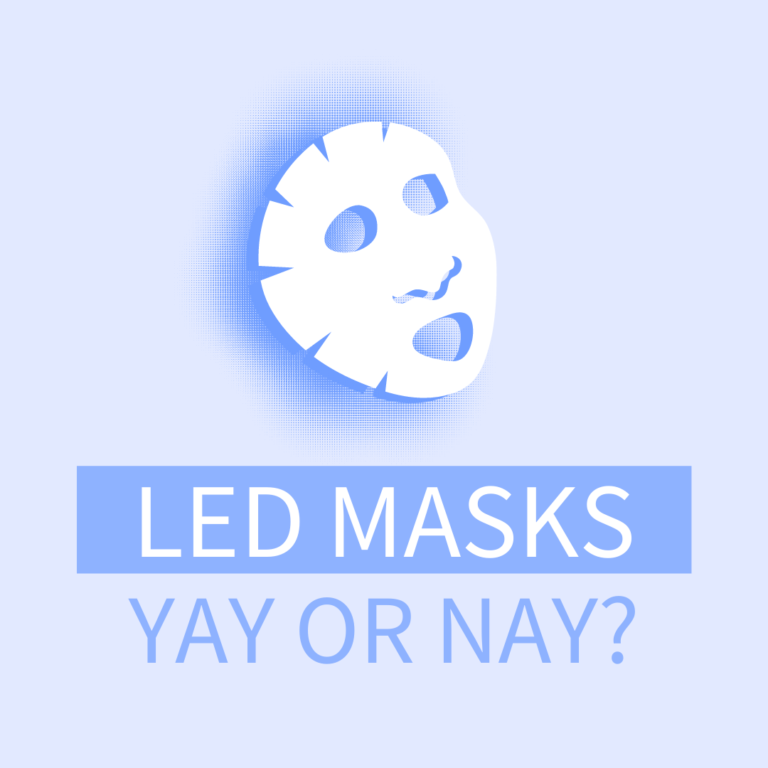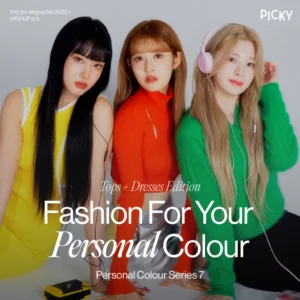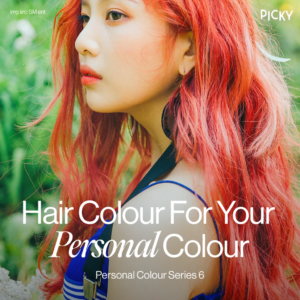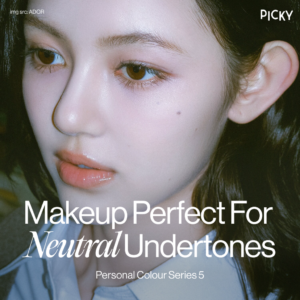LED masks have become a hot topic in skincare. Are they worth the extra bucks? We’ll dive into the details about both home-based and in-office LED treatments and give our Picky Expert’s opinion!
What is an LED?
Let’s start with the basic question: What is an LED? LED stands for light-emitting diode, which is a semiconductor device that converts energy to light. The LED emit different colors which corresponds to the different wavelength of light. And did you know, LED lights were first originally developed by NASA to promote food growth in space? It’s also classified by the FDA as a medical device! But how can we mix light emitting device with skincare?
How it works?
The skin absorb the energy from the light and this energy is transferred to chromophore (a molecule responsible for colors) causing changes in biologic activity. Some common examples of chromophore are mitochondrial cytochrome C, melanin and endogenous protoporphyrins (bit of a mouthful, we know). Different depths of wavelength allow different depth of penetration and target different chromophores.
What effects LED efficiency?

Keep in mind, there are no standardized guidelines for the parameters we’re about to give or any treatment protocols. But the factors that could effect the efficiency of an LED light are:
- Wavelength (color of light): nm
- Fluence (energy received per surface skin area): J/cm2
- Power density (energy delivered per surface skin area): W/cm2
- Treatment period: seconds / minutes
- Duty cycle (fraction of treatment length where light is delivered): %
When it comes to home-based LED masks, the three wavelengths that have shown to be the most valuable are blue (415 nm), red (633 nm) and near-infrared (830 nm).
LED Colors

Different colored LEDs have different wavelengths, which then have different depths of penetration to these target chromophores. There is no consensus on the optimal LED light wavelength for penetrating the skin. Various sources have different findings that contradict, so the verdict is still out on this. The typical range is 620nm – 830nm with the most commonly used wavelengths being the following:
- 415nm (blue light)
- 633nm (red light)
- 830nm (near infrared light)
LED Mask Claims

Acne
For acne, LED masks claim that blue light can help kill acne causing bacteria and effectively reduce inflammatory acne. The plausible reason being the inflammatory lesions containing porphyrins which absorbs blue wavelengths. In turn, this could potentially help induce free radical formation and fight acne causing bacteria. Red light also could be effective with anti-inflammation and reduction of oil. But again, these are claims and not clinically proven.
Rejuvenation
To target this concern, LED masks claim that the use of red light and near-infrared light target collagen producing cells and increase collagen production while simultaneously decreasing collagen degradation.
Home-based vs In-office LED masks
There’s definitely a few difference between the LED masks you find available for home-based use and those in a aesthetician’s or dermatologist’s office.
At-home: more affordable, less energy and density, can be use daily
In-office: more expensive, potent energy and density, space apart once / twice weekly, use an addition of photosensitizing molecule (drug that activated by light)
Home-based
Home-based LED masks are much more affordable, but means less energy and density. Studies are still being done for home-based masks, but there has been some beneficial effects according to limited clinical studies. Mostly in relation to acne and rejuvenation. But, of course, there are pitfalls for these clinical trials such as using different terms of measurement and highly bias process. However, home-based is a bit kinder to your wallet and can be used daily.
In-office
For in-office LED treatment, the price can be far more expensive. But this is due to higher energy and density, meaning you would need LED treatments spaced out rather than endure daily. In-office LED treatments also tend to use an additional photosensitizing molecule (drug that’s activated by the light). Both have individual pros and cons, but there’s no conclusive evidence to say LED treatment is effective. So don’t go spending hundreds and thousands of dollars before the studies are out!
Is it safe?
LED masks are not FDA approved, they are a medical device. It is either FDA- registered or FDA- cleared. It doesn’t have -nor required- to go through premarket clinical trials and it doesn’t guarantee that the marketing claim is true.
However, in general, LED masks are relatively safe. But there can be some adverse side effects including; skin irritation, erythema, dryness, peeling, itching, burning, acne flares and hyperpigmentation. Damage to the eyes is not a cause for concern according to two reviews. Home-based masks are not powerful enough to damage eyes, though it is important to select safe devices and follow the instructions. Of course, it’s mostly recommended to wear protective eye wear while using.
To sum it up
If you’re looking to help with acne and skin rejuvenation, it’s way more cost-effective to stick to the golden standards of therapy, which doesn’t include LED treatments. Using home-based LED masks is a personal preference and generally an adjunct, not a necessary device. Only using an LED mask to address skin concerns isn’t recommended, especially since more research needs to be done.
If you choose to use one, just make sure to use a safe FDA-cleared device. And remember, there are no standardized guidelines or treatment protocol to give any valuable recommendation for usage.
Be Picky
With both our Picky Experts and Picky community, you can find the answers to all your skincare questions and concerns! Browse through the Picky app’s Discuss tab or keep surfing through the Picky blog for more skincare science content. Don’t forget to follow us on Instagram!

Created with

Mara
@dermomtology
Dermatologist



















5 Responses
Thanks for the info and showing the differences.
I always wondered about this treatment, but it seems like I should save my money for now.
Hopefully the research and technology can improve with time to make LED therapy more effective.
I’ve tried a few LED mask and some have been official and some haven’t. They are hit or miss.
I definitely want to try out LED therapy. I just really wonder how much good it’ll do me!
I would like to try one and see.